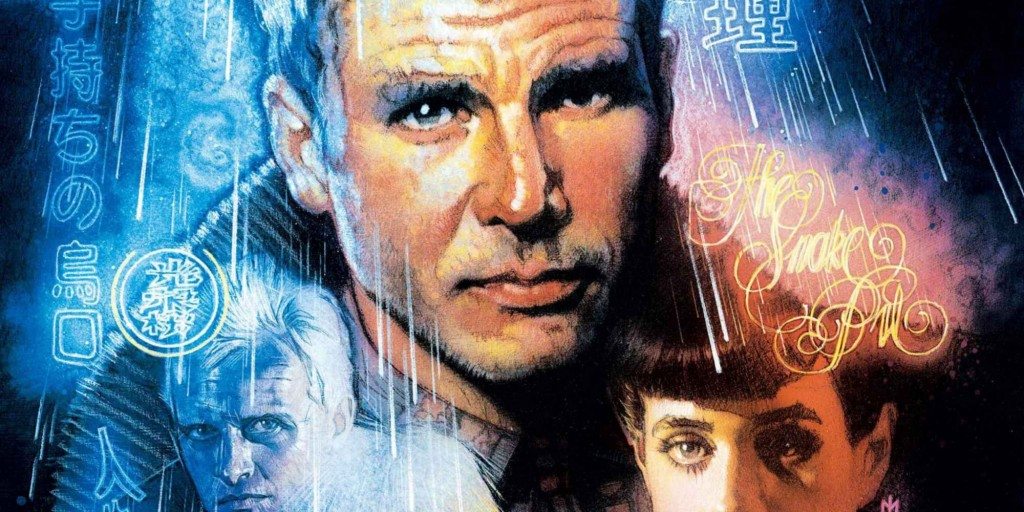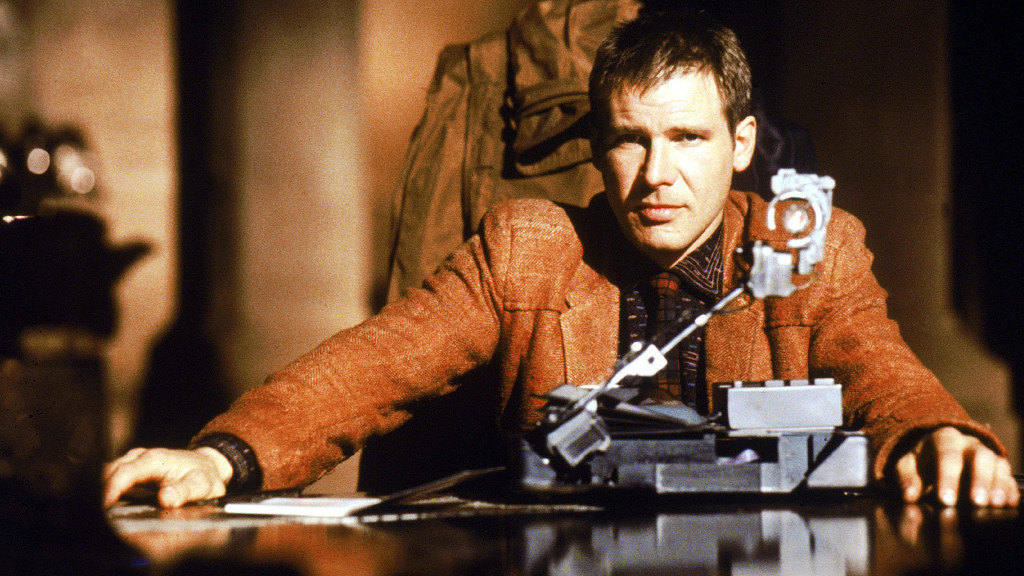‘Blade Runner’ is a quintessential example of the film that was ahead of its time. Every now and then a film comes along that doesn’t impress you in the beginning. But over the years, it starts to garner admiration from all corners. That’s what happened with ‘Blade Runner’ because of which it is a film that’s relevant even today. Though the story technically falls under the sci-fi category, it has much more beneath the surface. The film was based on the novel, “Do Androids Dream Of Electric Sheep?” by Philip K. Dick. Over the years, there has been a lot debate surrounding the film. This has been regarding the content, the ending, the various versions of it and its failure. The production of the film is quite infamous and perhaps explains the reasons for the failure. What is certain is that this is a unique film and in many ways it was a game-changer. Through this article, I will try to explain the meaning, plot etc. of the film. Let’s get started.
The Plot
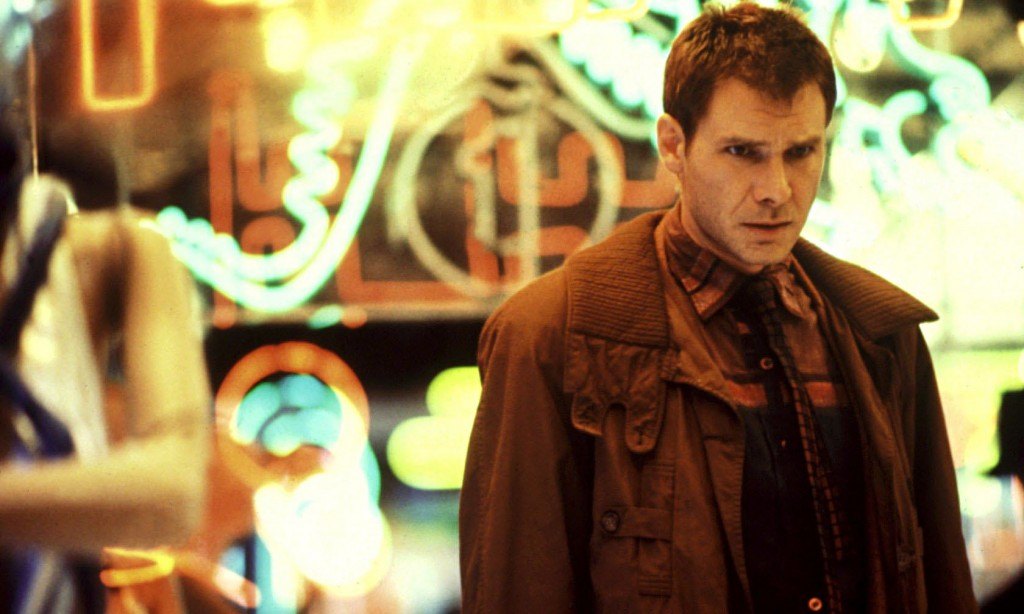
Unlike a lot of films in this genre, ‘Blade Runner’ has a pretty simple story that is easy to follow. The story is set in a futuristic Los Angeles in the year 2019. The background for the film’s story is established by the text at the beginning of the film. From here, we get to meet the protagonist Deckard who is a blade runner. His job is to hunt and kill escaped replicants. Many films would take this setting and turn into a straight-up action film. While this would be fine, we have seen it many times. This is where the film differentiates itself, it takes a more sombre and philosophical approach to the proceedings. The plot then moves along to Deckard trying to find the replicants and these replicants trying to find their maker. There are many fascinating characters who pop up through out the film. But for obvious reasons, the most captivating are Harrison Ford’s Deckard and Rutger Hauer’s Roy Batty. The film then becomes this quest for each party to get what they’re looking for. The beauty of the film lies in the ending. The audience will not expect such an ending and it almost takes you by surprise. Instead of going for a action-packed finale, director Ridley Scott makes the end poignant and moving.
The Themes
For me, the primary theme of the film is humanity and what it means to be human. This is what the replicants want to achieve. They know that they will expire at a certain date and want to extend their lives. They want to be more like humans. The film also explores the rise of machines and whether they are good or bad for humans. In fact, the main reason why the replicants are killed is because the humans fear about what they could possibly do. Another key theme is the rise of the corporate world. Here, we are talking about the Tyrell Corporation which is headed by someone who may or may not be a replicant himself. The future depicted in the film is quite dark and gloomy. This is expressed through the landscape in particular. And that gloominess influences the mood of the film as well.
But perhaps the most widely talked about element is Deckard himself. Is he a replicant? While the film leaves this ambiguous, Scott had revealed in an interview that Deckard was indeed a replicant. This changes the dynamic of the story and in particular, his bond with Rachael, who is also a replicant. Is it formed because he sympathizes with someone of his own kind ? This was a topic of contention between Ford and Scott as they both had opposing views regarding it. If Deckard is indeed a replicant, it asks a lot of questions of what we have learned about these machines so far. The origami unicorn found at the end, which was modeled on a dream that Deckard had earlier, further adds to the suspense. It is brave for a film to be ambiguous especially when so many other films go heavy with the exposition, and leave nothing to our imagination. This for me is one of the key factors that makes ‘Blade Runner’ an iconic film. It stirs debate and nudges us to make our own conclusions.
The Technical Excellence
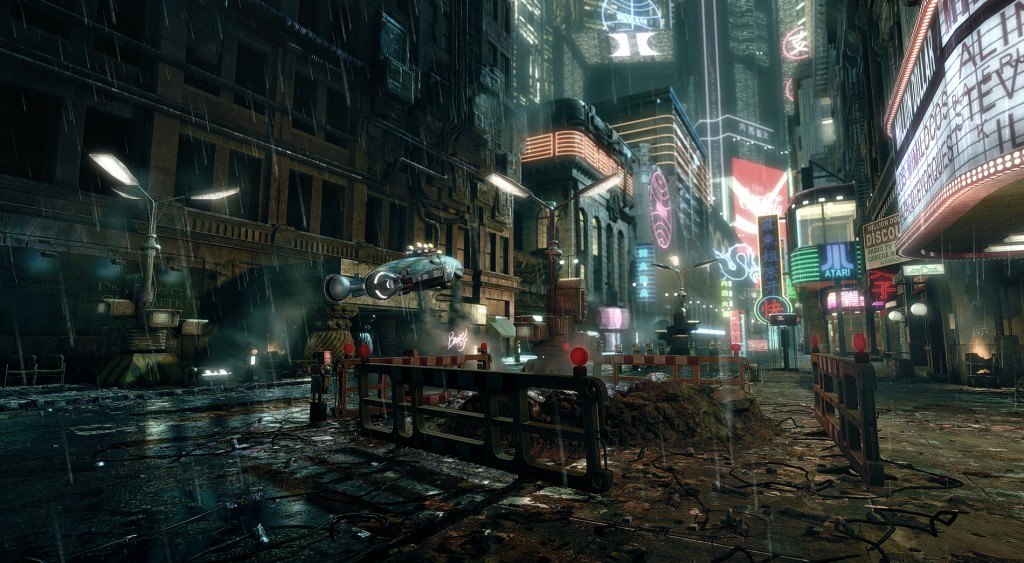
One of the strengths of ‘Blade Runner’ is its technical excellence. The film creates such a compelling world, that it makes you want to explore it. From the constant rain, to the futuristic cityscapes everything is beautiful and compelling to watch. The slow pacing helps us understand the characters and the world they inhabit. The score by Vangelis perfectly complements the tone and feel of the film. The film makes only a few changes from the novel and hence it doesn’t change the essence of the story. Another highlight is the color palette, this has become a hugely influential facet of the film. The various struggles faced by the film before its release severely hampered the chances of the film succeeding. Ultimately, the film would become memorable for it technical wizardry as well as its emotional impact.
Final Word
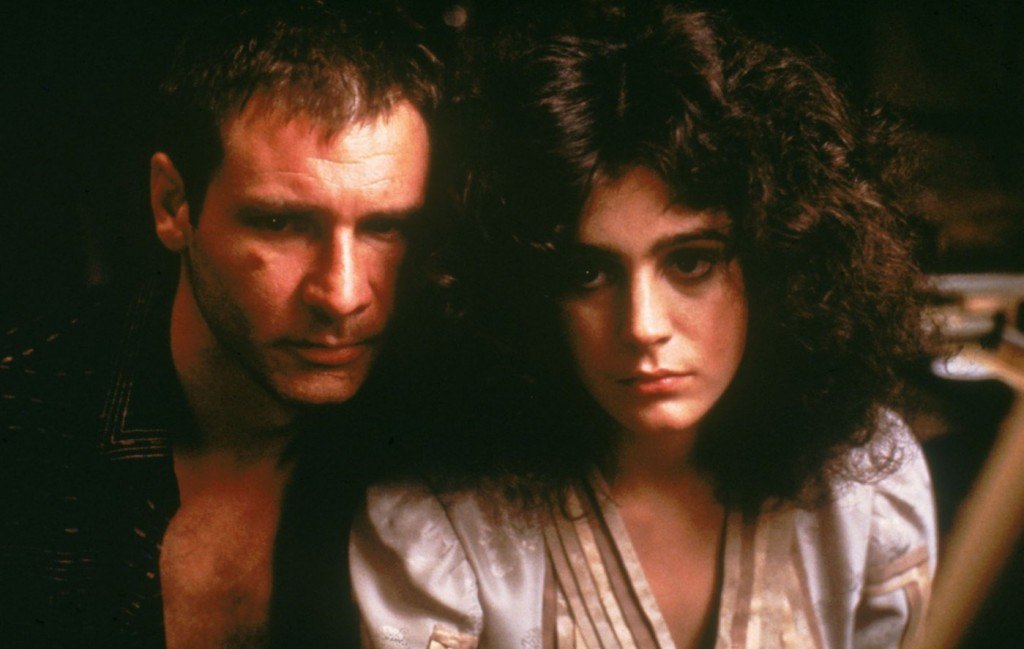
A measure of how good ‘Blade Runner’ is, can be seen by how many great directors wax lyrical about it. These include: Christopher Nolan, Frank Darabont, Quentin Tarantino etc. A film that could have turned out so differently and be forgotten quickly, became a masterpiece. It does what a lot of great films do, it opens up something in you. In the end, the film seems to convey that, it is our imperfections that make us special and perfection makes the machines, just machines. I would like to end with a quote delivered by Batty, that perhaps captures the essence of the film: “I’ve seen things you people wouldn’t believe. All those moments will be lost in time, like tears in rain. Time to die.”
Read More: ‘2001: A Space Odyssey’, Explained

